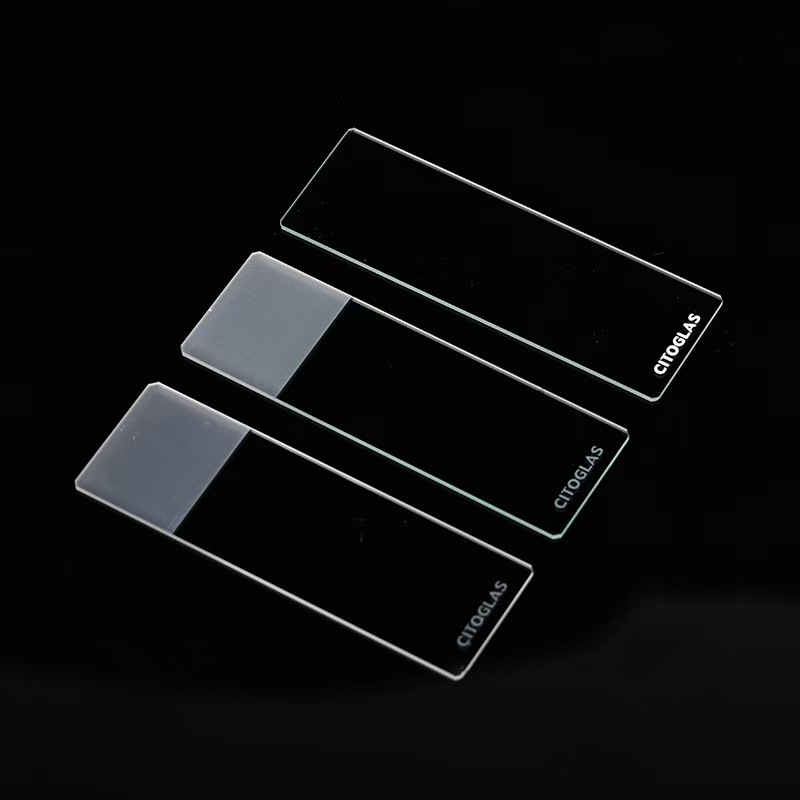
Microscope slides are primarily made of glass for several important reasons:
- High Transparency: Glass has excellent transparency, allowing light to pass through with minimal obstruction. This is crucial for microscopic observation, as it ensures that the details of the sample can be clearly captured by the microscope.
- Chemical Stability: Glass is stable against most chemical reagents, meaning it does not react with the samples placed on it. This preserves the integrity of the sample and prevents damage to the slide due to chemical corrosion.
- Ease of Cleaning and Sterilization: The smooth surface of glass makes it easy to clean and sterilize. Various cleaning agents and sterilization methods can be used to ensure that slides remain uncontaminated between different experiments, preventing cross-contamination.
- Heat Resistance: Glass has good heat resistance, allowing it to withstand high temperatures during sterilization processes such as dry heat or autoclaving, which is essential for certain biological experiments requiring sterile conditions.
- Hardness and Durability: Glass is relatively hard and resistant to scratches, which helps it endure the preparation processes involved in creating samples, such as smearing and staining.
- Cost-Effectiveness: Compared to other transparent materials, glass is cost-effective and can be mass-produced using well-established manufacturing techniques, making it an economical choice.
- Optical Quality: High-quality optical glass has low optical distortion, providing clear and undistorted images, which is particularly important for high-magnification microscopy.
- Customizability: Glass can be manufactured into various thicknesses, shapes, and sizes through different processing methods, making it adaptable to a wide range of microscopes and experimental requirements.
In summary, glass provides the necessary physical and chemical properties as an ideal material for microscope slides, meeting the demands of scientific research and technical applications.
